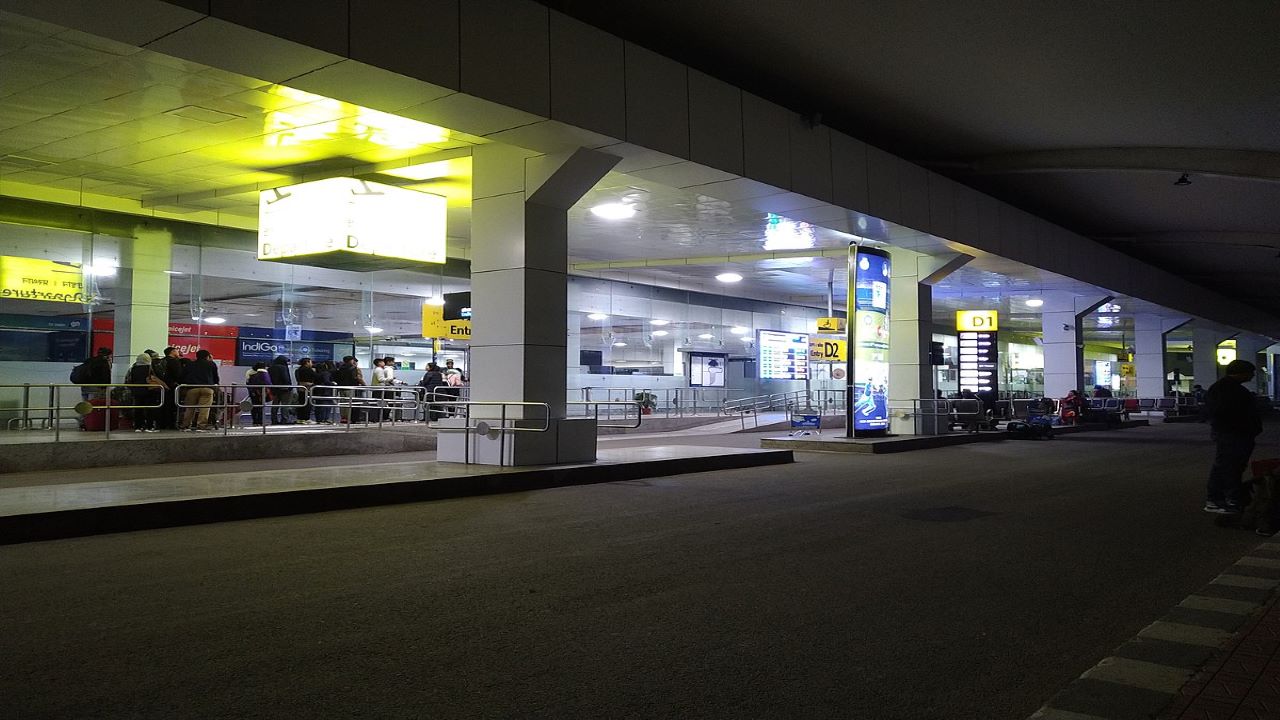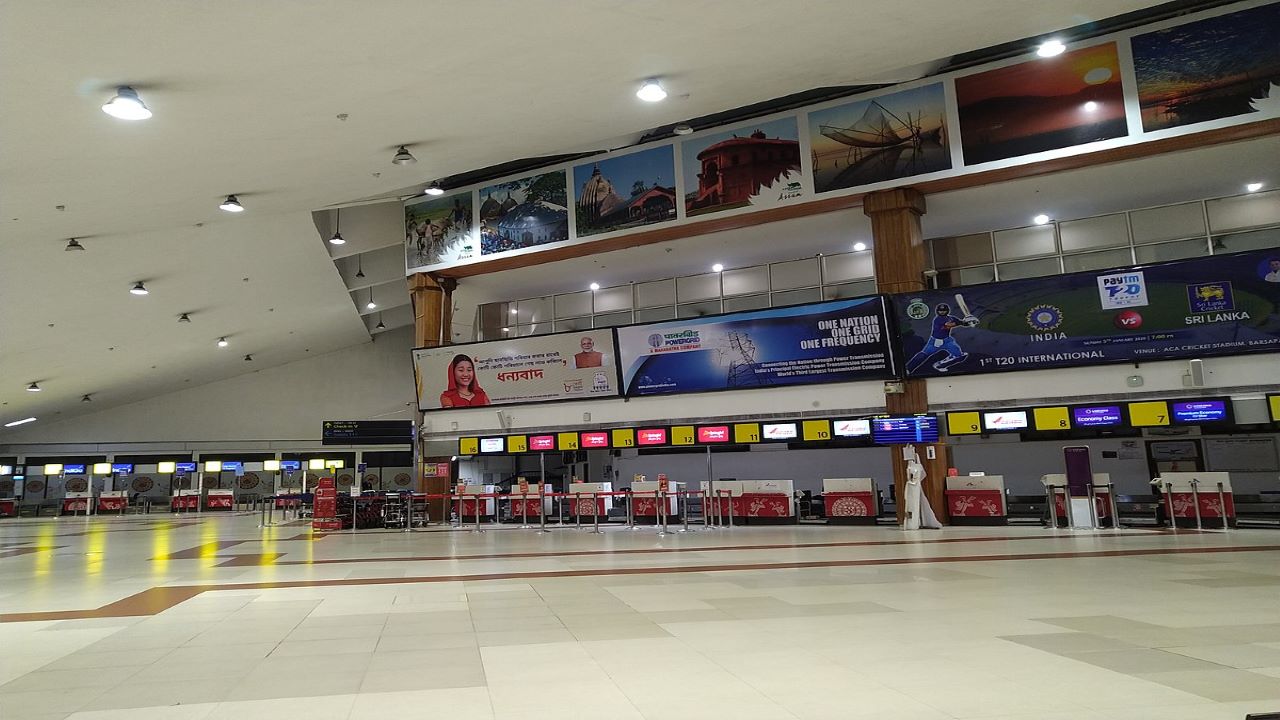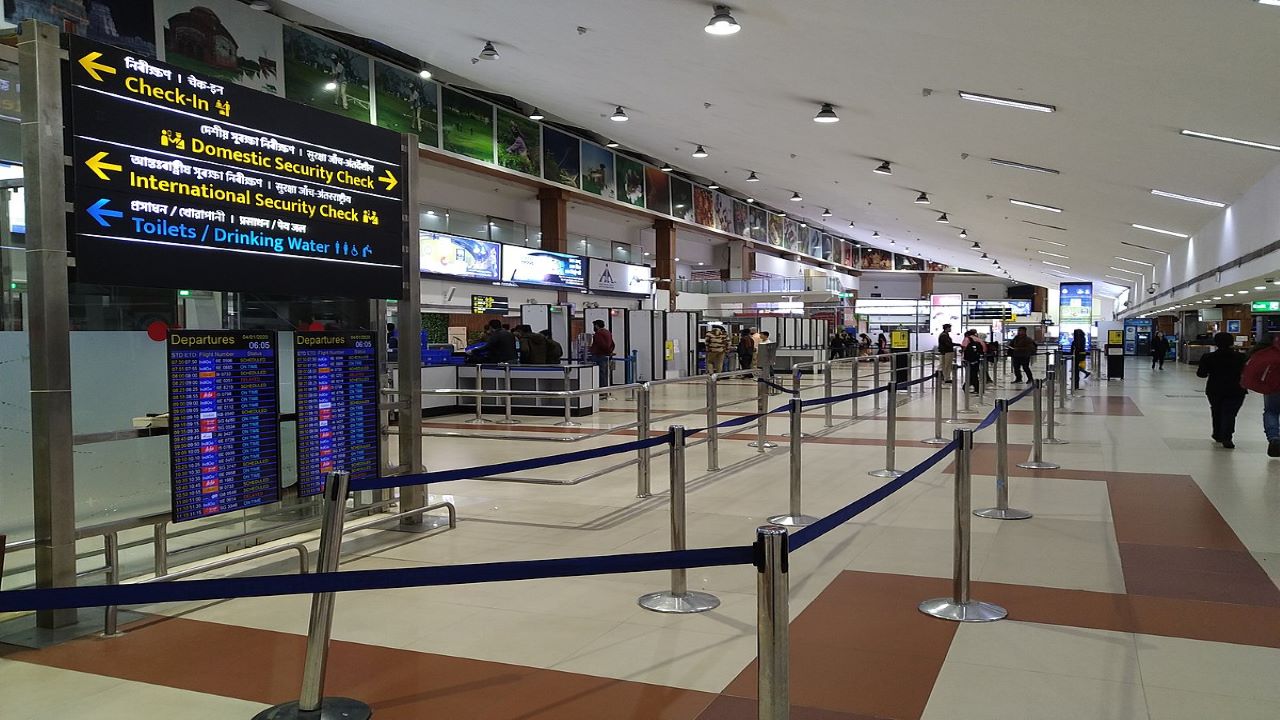Lokpriya Gopinath Bordoloi International Airport (LGBI), one of the biggest international airports in the north-eastern part of India, is located in Borjhar in the state of Assam.
Also known as Guwahati International Airport, it was named after a prominent freedom fighter named Gopinath Bordoloi. The international airport is managed and operated by the Airport Authorities of India (AAI). It is the primary gateway to the north-eastern states and connects them with major Indian cities, including Bangalore, Mumbai, Hyderabad, New Delhi, and Kolkata. The airport also serves as an important base for the Indian Air Force (IAF) in the north-eastern region.
The airport has undergone numerous expansions and renovations since its establishment in 1958. It handled more than 3.7 million passengers in 2017 and six million passengers in 2019. The existing terminal building at the airport has a maximum handling capacity of 850 arrival/departure passengers an hour.
AAI is building an integrated terminal to accommodate growing passenger traffic as a part of the 2015-2016 master plan.
Details of the new integrated terminal at LGBI airport
Foundation stone for the new integrated terminal building at LGBI was laid in January 2017. The $193m building is expected to become operational in June 2022.
It will occupy an area of approximately 90,000m² and integrate state-of-the-art facilities to serve passengers. It will have a processing capacity of 3,100 passengers an hour during peak hours.
Terminal design and facilities of LGBI airport
The terminal roof, column cladding, flooring patterns, theme walls, and signage design are influenced by Japanese paper folding art of Origami. The interiors of the integrated terminal of Guwahati International Airport will resemble the scenic environment and cultural heritage of Assam. The building will also integrate green areas, an internal forest theme, bamboo artefacts and a craft village.
Known as the Namaskar Atrium, the atrium in the new building is a huge double-heighted area that will welcome inbound passengers. The Baggage Claim hall wall will feature Origami aluminium panels, inspired by the hilly terrain of the north-eastern India.
The terminal will feature a departure area, security holding area, retail spaces for small businesses, food and beverage areas, baggage claim space and a common concourse area.
Passenger handling facilities will include 64 check-in counters, 20 self-check-in kiosks, eight immigration counters, eight custom desks, six arrival carousels and 16 self-baggage drop counters.
The new 90,000m² terminal will be complemented by a multi-level car parking facility with the capacity to accommodate 1,500 cars. The facility will also offer space for VIP cars, buses and two-wheelers.
Sustainability features at Lokpriya Gopinath Bordoloi International Airport’s new terminal
The new integrated terminal is expected to achieve a Green Rating for Integrated Habitat Assessment (GRIHA) 4-Star rating. It will have a sophisticated solid waste management system, wastewater treatment facility, rainwater storage facility and underground drainage system.
A solar roofing system will be installed for electricity generation, in addition to allowing maximum sunlight into the building. A photovoltaic solar plant with a power generation capacity of 540kW will be developed at the terminal.
Runways
The airport features a single asphalt-paved runway (02/20), which measures 2,743m-long and 46m-wide.
Contractors involved
AAI is responsible for the development of the new terminal project. It contracted BPC India to conduct a survey of existing facilities at the airport and geotechnical investigation works for the terminal construction.
AAI awarded a contract to ADELTE for the design, manufacture and installation of the passenger boarding bridges (PBBs) at the airport, in September 2017. The PBBs will be equipped with visual docking guidance system (VDGS), which will enhance the passenger experience.
The new integrated terminal is being delivered by a team of 15 design and consulting firms including Design Forum International, Integral Designs, Alpana Khare Designs, Axis Facades, Aecom, and CBRE. Design Forum International and Aecom incorporated Autodesk building information modelling (BIM) solution Revit to design the new terminal building.






